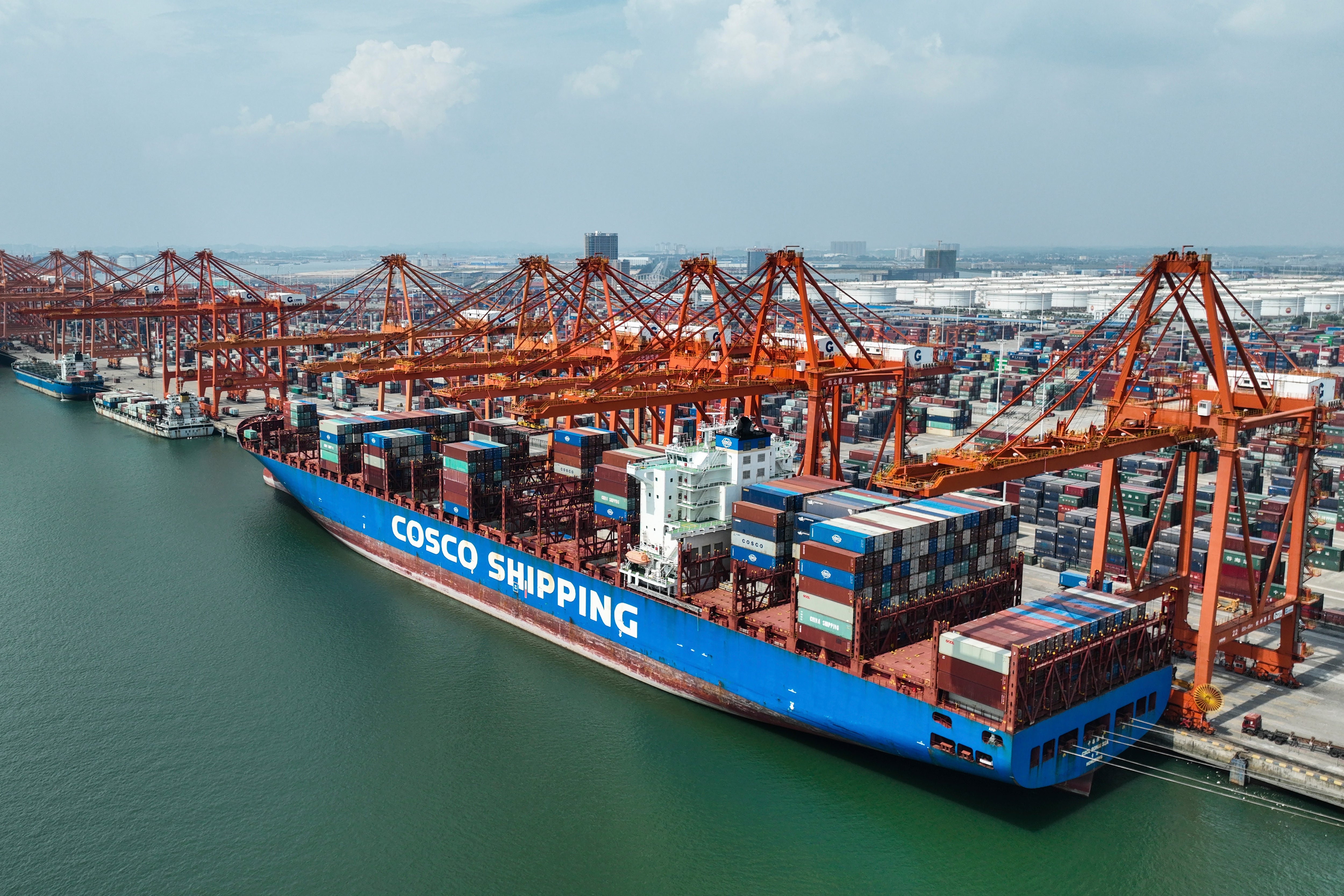China trade down on weak global demand, virus curbs
China’s trade shrank in October as global demand weakened and anti-virus controls weighed on domestic consumer spending

Your support helps us to tell the story
From reproductive rights to climate change to Big Tech, The Independent is on the ground when the story is developing. Whether it's investigating the financials of Elon Musk's pro-Trump PAC or producing our latest documentary, 'The A Word', which shines a light on the American women fighting for reproductive rights, we know how important it is to parse out the facts from the messaging.
At such a critical moment in US history, we need reporters on the ground. Your donation allows us to keep sending journalists to speak to both sides of the story.
The Independent is trusted by Americans across the entire political spectrum. And unlike many other quality news outlets, we choose not to lock Americans out of our reporting and analysis with paywalls. We believe quality journalism should be available to everyone, paid for by those who can afford it.
Your support makes all the difference.China's trade shrank in October as global demand weakened and anti-virus controls weighed on domestic consumer spending.
Exports declined 0.3% from a year earlier to $298.4 billion, down from September's 5.7% growth, the customs agency reported Monday. Imports fell 0.7% to $213.4 billion, compared with the previous month's 0.3% expansion.
China's global trade surplus edged up 0.9% from a year earlier to $85.2 billion.
Forecasters expected Chinese trade to weaken as global demand cooled following interest rate hikes by the Federal Reserve and other central banks to rein in surging inflation.
At home, consumer demand has been hurt by a “Zero COVID” strategy that has repeatedly shut down large sections of cities to contain virus outbreaks. That has disrupted business and confined millions of people to their homes for weeks at a time.
Economic growth picked up to 3.9% over a year earlier in the quarter ending in September from 2.2% in the first six months of 2022. But forecasters say activity is weakening as closures spread in response to a spike in infections.
“The economy slowed again in October due to the tightened Covid controls as well as the slowing external demand,” said Larry Hu of Macquarie Group in a report.
The downturn in Chinese demand hurts developing countries that supply oil, soybeans and other raw materials and the United States, Europe, Japan and other suppliers of consumer goods and microchips and other components and technology needed by manufacturers.
Exports to the United States rose 35.3% over a year earlier to $47 billion despite lingering tariff hikes in a trade war over Beijing's technology ambitions. Imports of U.S. goods rose $52.4% to $12.8 billion.
China's politically sensitive trade surplus with the United States swelled 29.9% to $34.2 billion.
Imports from Russia, mostly oil and gas, more than doubled, rising 110.5% over a year ago to $10.2 billion.
China can buy Russian energy exports without running afoul of sanctions imposed on President Vladimir Putin's government by the United States, Europe and Japan. Beijing is stepping up purchases to take advantage of Russian discounts. That irks Washington and its allies by topping up the Kremlin's cash flow and limiting the impact of sanctions.
Exports to the 27-nation European Union edged up 5.5% to $44.1 billion while imports of European goods shrank 15.5% to $21.4 billion. China's surplus with the EU widened by 38.1% to $22.7 billion.
For the first 10 months of the year, China's exports rose 11.1% to $3 trillion while imports gained 3.5% to $2.3 trillion, the General Administration of Customs announced. The country's trade surplus was $727.7 billion.